Aizu specialty [Honbo Tara-ni].
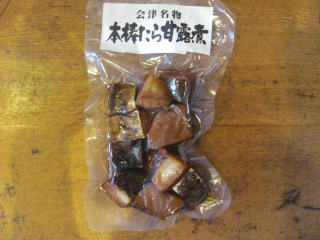
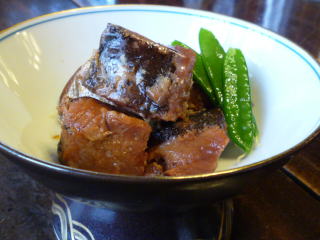
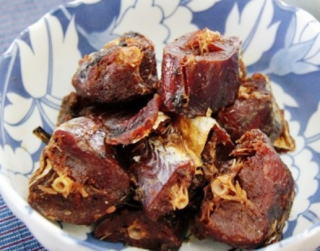
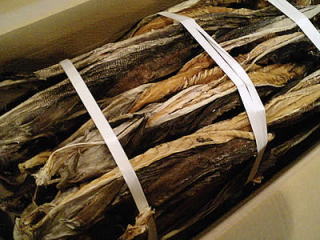
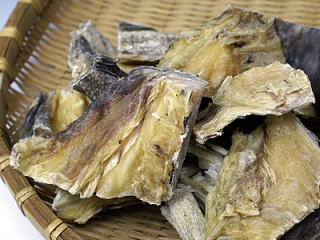
- その由来は、幕末の会津藩主・松平容保が京都の守護職を終えた際に「芋棒」(いもぼう:海老芋と棒鱈を炊き合わせたやさしい甘みと独特の風味が特長の京料理)を持ち帰り、「棒たら煮」を作らせたのが始まりと言われています。盆地である会津地方では、冬の間の保存食として、乾物が重宝されていました。
- 棒たらも真だらを棒のように素干しにしたもので、日持ちしない鱈を流通させるために古くから作られてきた保存食の一つ。それを2日ほど水につけて戻し、6~7時間煮付け、甘じょっぱく煮上げたものが「棒たら煮」です。
- It is said that the origin of this dish is said to be that the Aizu feudal
lord, Katamori Matsudaira, brought home an "imobobo" (a Kyoto
dish made by cooking a shrimp and a codfish) when he left his post as the
guardian of Kyoto at the end of the Tokugawa Shogunate. In the Aizu region,
which is a basin region, dried food was valued as a preserved food during
the winter.
It is one of the preserved foods that has been made for a long time to distribute cod, which does not last long. It is put back in water for about two days, simmered for six to seven hours, and boiled to a sweet taste.
- At the Nimaruya Musashi-tei, the crunchy Hongbo Tara is softly cooked with a sweet and spicy seasoning.
This is a high quality authentic version of the HONBO TARA (cod).
- 二丸屋武蔵亭では、カチカチの本棒たらを甘辛の上品な味付けでやわらかく炊き込みました。
本棒たら(真鱈)使用の高級本格派。
- At Nimaruya Musashi-tei, the crunchy Hongbo Tara is softly cooked with a sweet and spicy taste.
This is a high quality authentic version of the HONBO TARA (cod).
Aizu speciality [pickled herring with sansho].
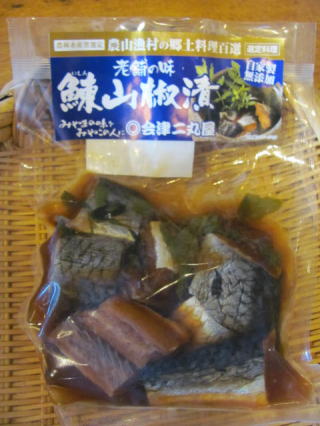
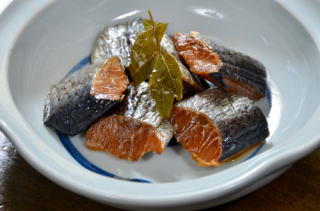
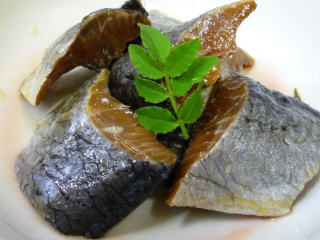
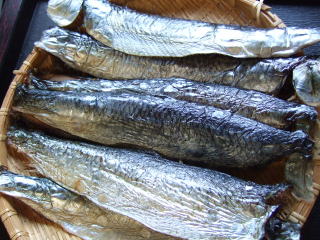
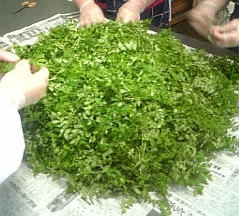
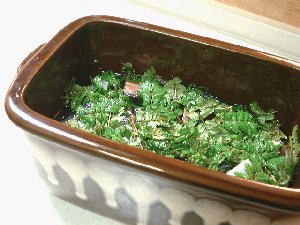
- 会津の名産を老舗の味で。
脂の乗った肉厚の鰊をしっかりと漬け込みました。
ニシンの旨味と山椒葉の爽やかな香り、まろやかな酸味をお楽しみ下さい。
身欠にしん約2本分ケース入り、ご家庭用です。
- Aizu's specialties with the taste of a long-established restaurant.
A thick herring with fat on it was marinated tightly.
Enjoy the delicious taste of the herring, the refreshing aroma of the sansho leaves, and the mild acidity.
It comes in a case of about 2 pieces of shishin for home use.